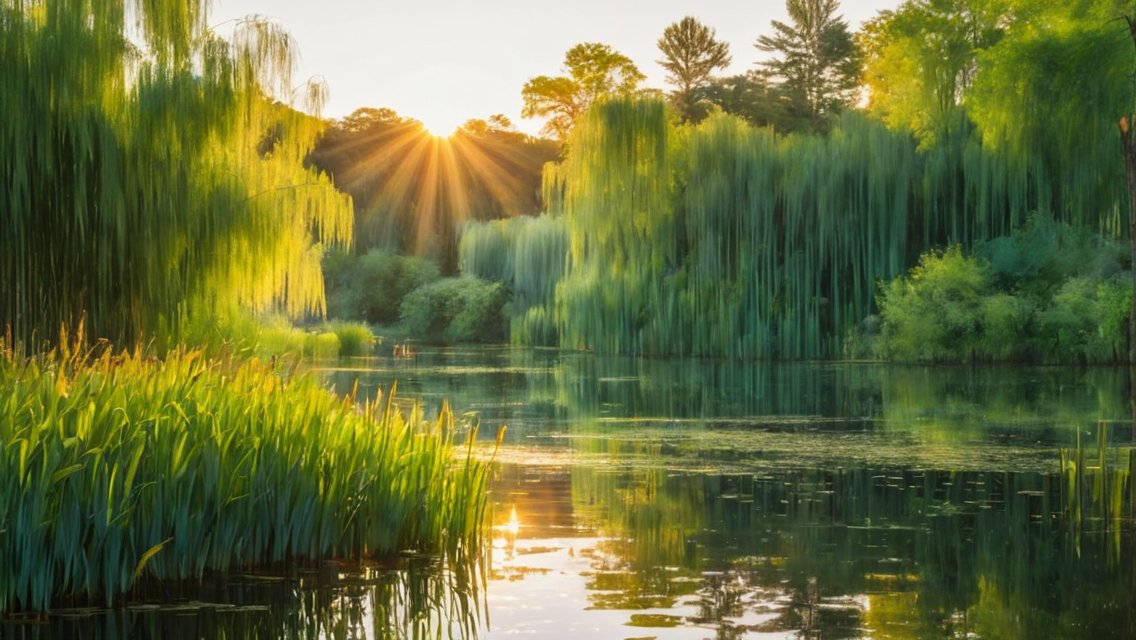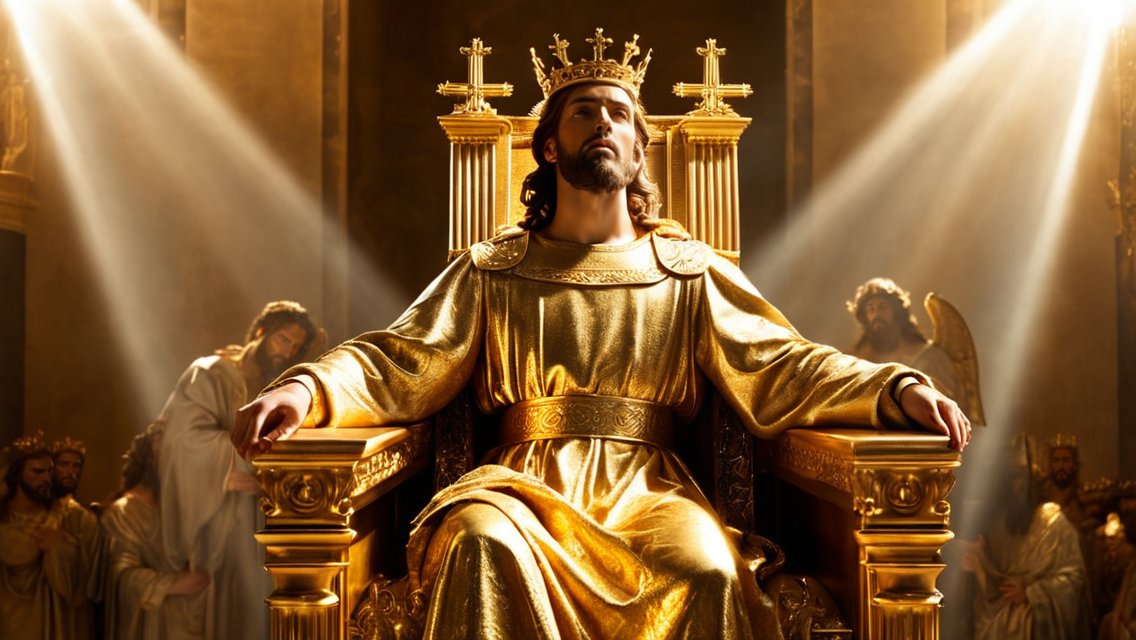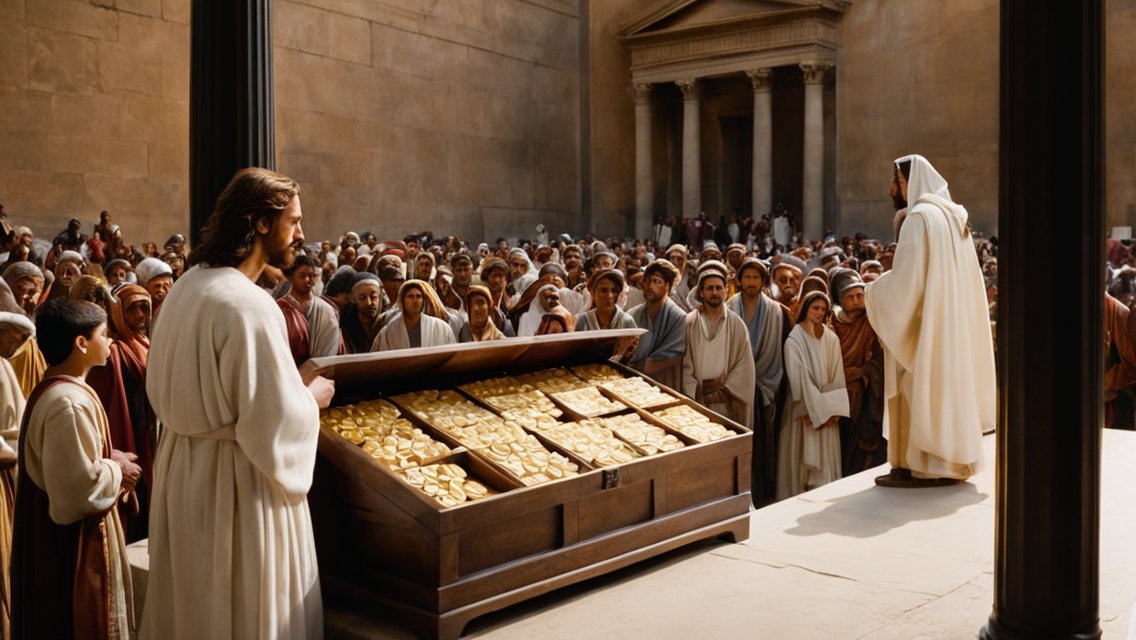First Sunday Homily – The Baptism of Our Lord – Year B
Readings: Gen 1:1-5 or 1sa 55:1-11, Acts 19:1-7, Mark 1-4-11
Homily
Word, Living Water, water
“Oh, come to the water all you who are thirsty” (Isa)
A Jesuit priest was administering baptism to a boy, aged about four. The boy’s parents were present. Following the Rite of Baptism, the priest asked, “What do you ask of God’s Church for your son?” Pat came the parents’ reply: “Admission to your school Father!” Jesuits are seldom over enthusiastic about baptizing kids aged four before the academic year begins; for, baptism ensures admission into Catholic schools. However, Jesus’ baptism was for another admission – an admission of son ship and servant hood.
Doubts can arise whether today should be celebrated as the Epiphany or the Baptism of Jesus. The Western Church gives historical importance to the former feast, while the Eastern Church highlights the theological significance of the latter. Certainly, the two are closely connected because Jesus’ baptism is also an epiphany insofar as He is revealed as God’s “Son, the Beloved.” Let’s reflect on the symbolisms and implications of Christ’s baptism.
Jesus’ baptism narrated by Matthew, Mark and Luke differ on important details. Unlike Matthew and Luke, who show the event as an external epiphany with a voice declaring, “This is my Son,” the gospel of Mark shows Jesus’ baptism as an inner experience for Jesus who hears the words, “You are my Son.” However, by recording the event, Mark wants the Christian community to realize who Jesus is and what Jesus accomplishes. Hereafter, from the waters of the Jordan, Jesus will move to the mount of Transfiguration, and finally to Jerusalem and the mount of death.
Today, the symbol of water is conspicuous. The Genesis passage describes the origins of the earth as a watery wasteland. God’s spirit hovers over this watery chaos and creates the cosmos. The alternative reading from Isaiah begins with, “Oh, come to the water all you who are thirsty!” Water symbolizes life. The passage refers to the end-time banquet, already inaugurated in history. There is also mention of wine and milk. Interestingly, on the basis of this, and other texts (see Gen 49: l 2; Song 4: l 0), the early Church used to give a little wine and milk in the rite of baptism.
Luke’s gospel does not specifically mention that John baptized Jesus. And, today’s second reading from Acts (also authored by Luke) seems to suggest that John’s ‘baptism of repentance’ is deficient and reaches fulfillment only with the baptism preached by Jesus, namely, in his name and with the power of the Spirit. God’s Spirit is ‘living water’ (see Jn 4:10). Thus, in Jesus ‘baptism, the Father’s word is the stamp of authenticity on the son ship of Jesus, God’s Word. Moreover, the Living Water, Spirit, animates Word.
Jesus’ descent into baptismal waters (Galilee) must be seen in tandem with his ascent to the cross (Calvary) where blood and water flow from his side (in 19:34). In other words, he is revealed as saviour and servant in the Jordan. Here, Jesus stands with sinners to serve them and save them; so, Paul writes, “For our sake God made him to be sin who knew no sin” (2 Cor 5:2l
Water symbolizes life, growth, cleanliness and purification. In India, water is associated with holy rivers like the Ganga and the Bhagirathi. The baptism of Jesus challenges us to descend into waters and experience an inner epiphany of Living Water. Jordanian Jesus dares Christians face the Galilees and Calvarys of their world as daughters, sons and servants. if this happens, baptism can neither be some sterile water ritual nor some utilitarian rite for school admission. It will, nonetheless, lead to an admission Abba’s admission: “You are my daughter, son, and a favoured one!”





